Closing the Digital Learning Gap
Digital Promise
JANUARY 8, 2019
At the same time, innovative education leaders and classroom teachers are engaging, motivating, and nurturing students to develop mindsets for college and career readiness and lifelong learning, and they are supporting social and emotional development. Education researchers and neuroscientists are learning more about how people learn.



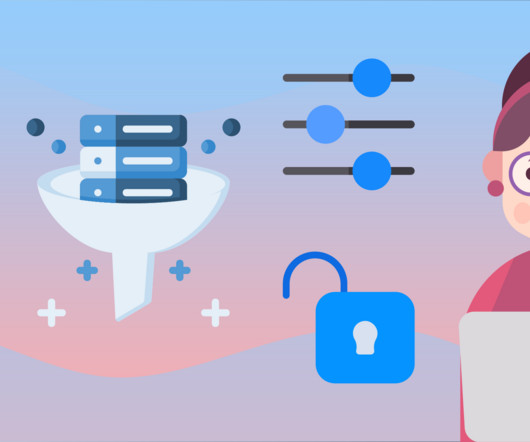

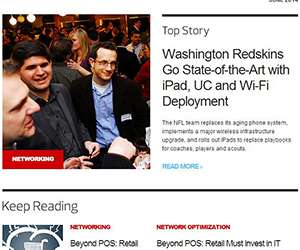
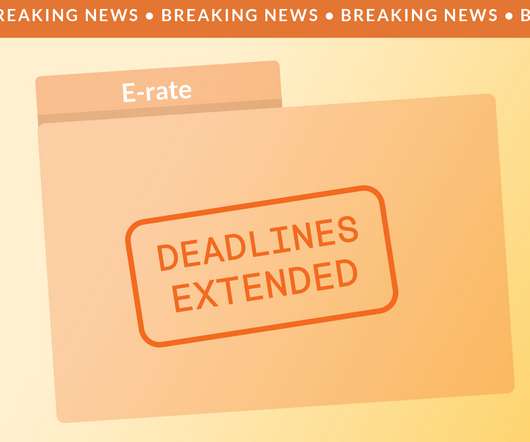







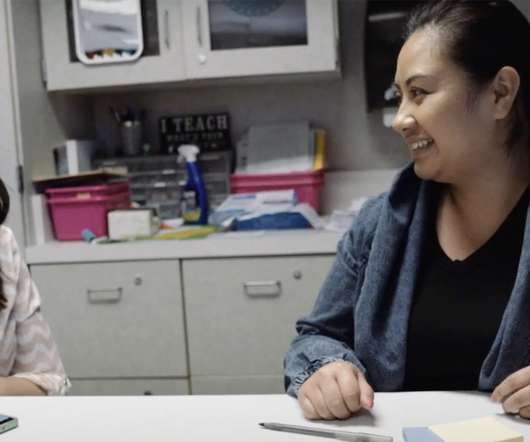







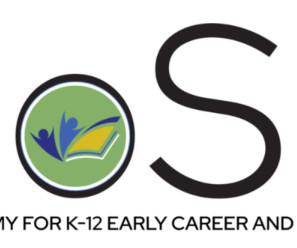





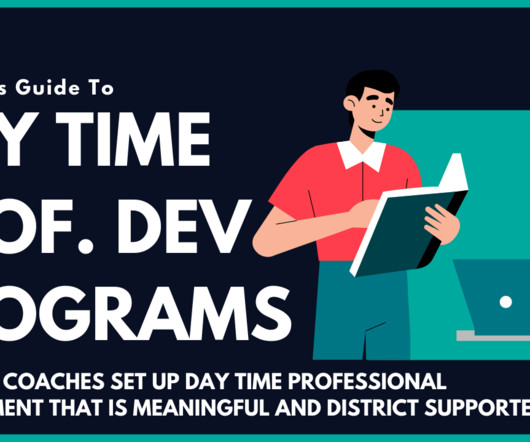

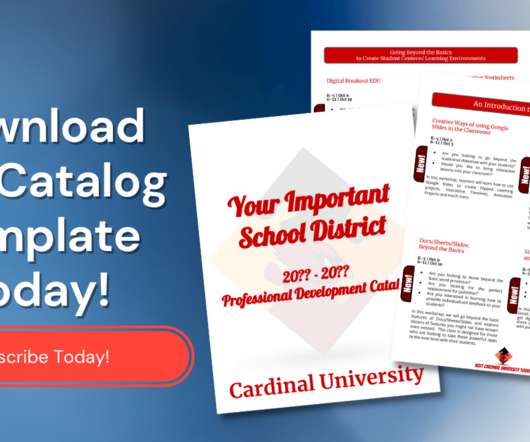




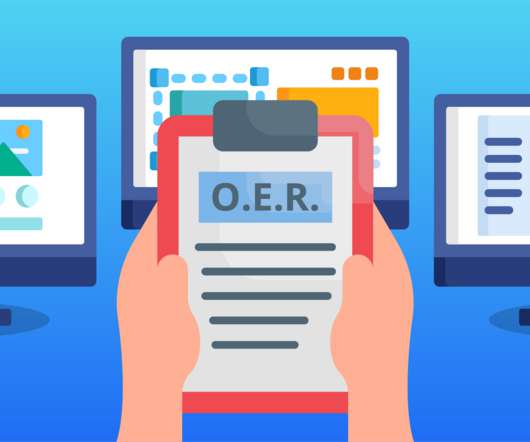









Let's personalize your content